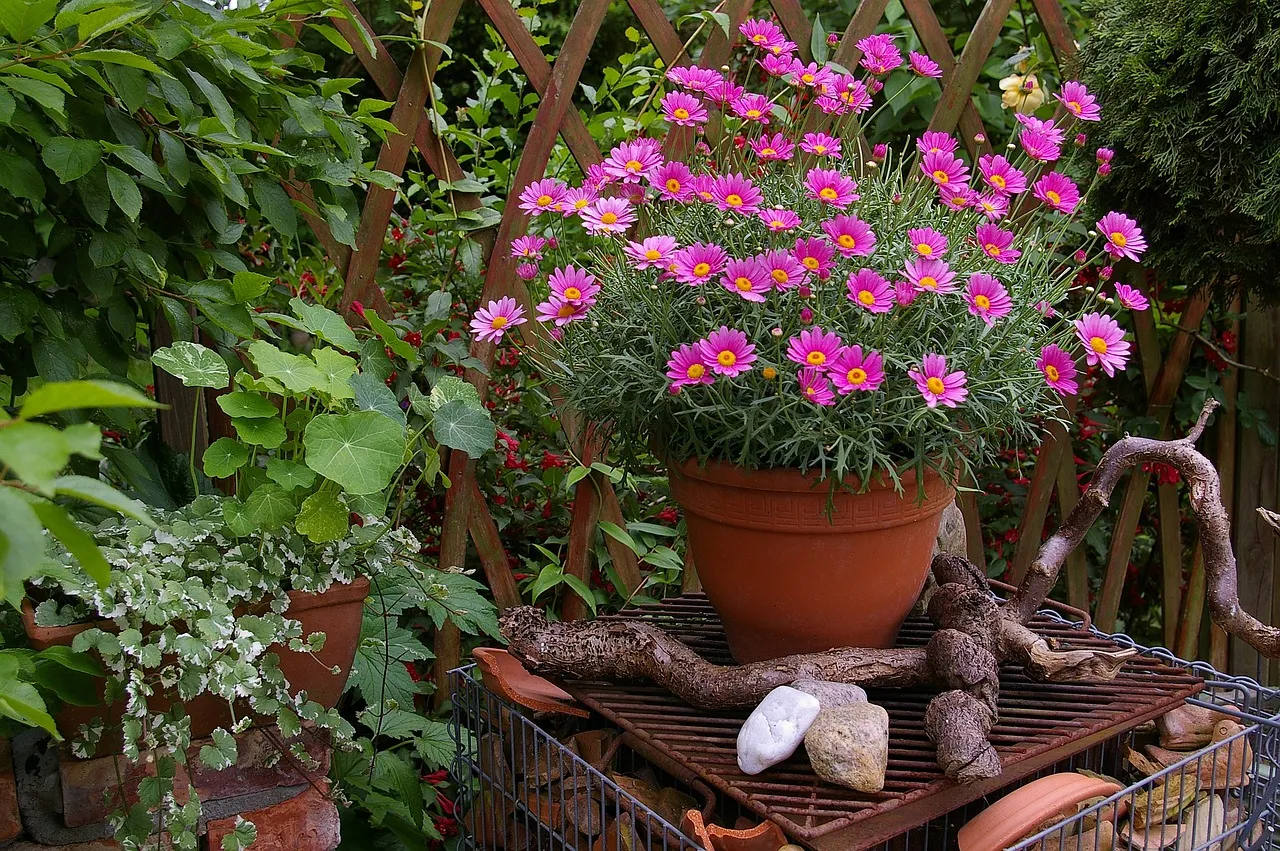Gardening aficionados consistently grapple with the timeless decision of choosing the most suitable containers for their cherished plants. In the vast array of options available, two contenders often take center stage: the versatile grow bags and the classic clay pots. In the following exploration, we will carefully dissect the advantages and potential drawbacks associated with both of these planting vessels. The overarching objective is to furnish readers with a comprehensive understanding, ultimately addressing the compelling question that lingers in the minds of many gardening enthusiasts: Are grow bags truly a superior choice compared to traditional clay pots? Join us as we embark on a detailed journey into the world of horticulture containers, aiming to provide clarity for those seeking the optimal planting solution for their green companions.
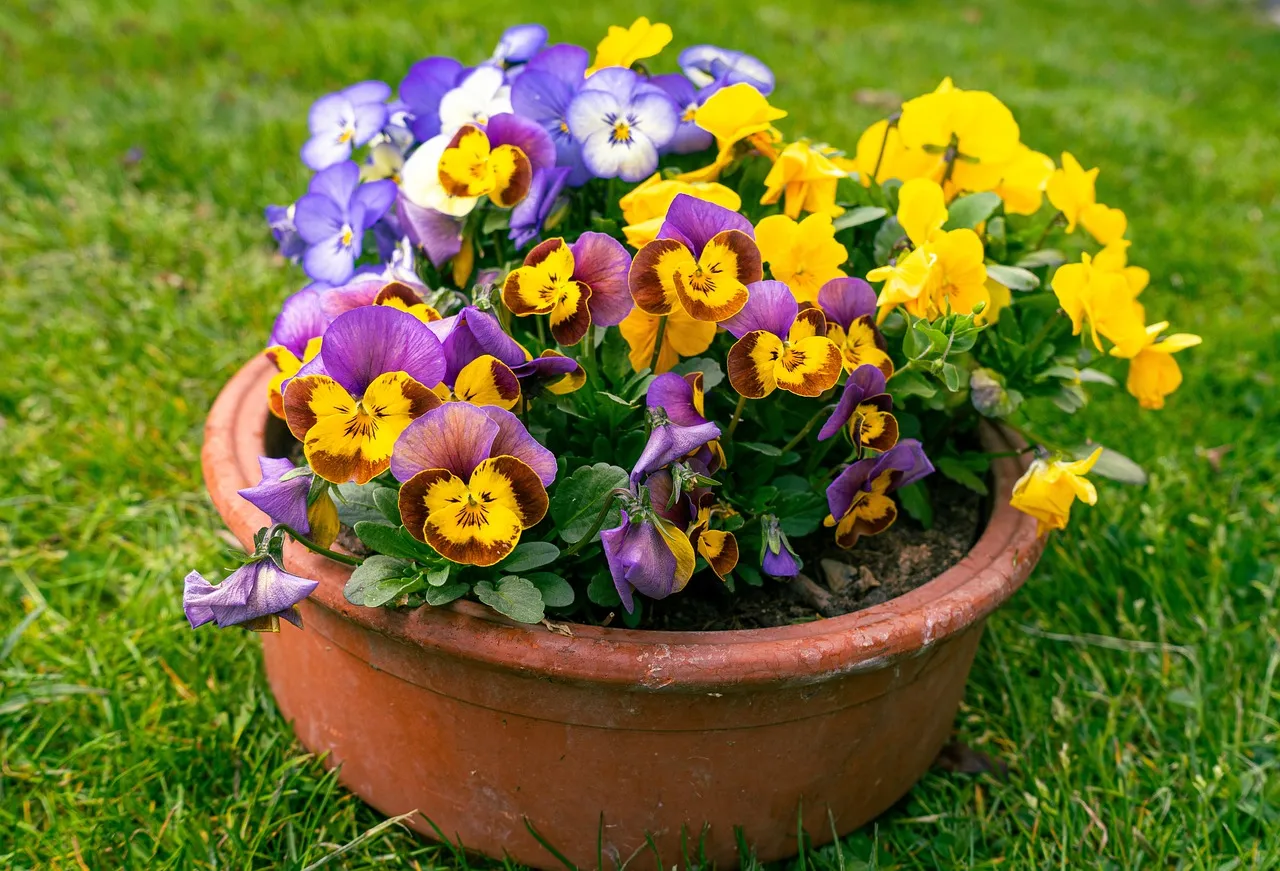
Understanding Grow Bags
Definition and Composition
Grow bags, a relatively modern addition to the gardening world, are containers designed to provide an optimal environment for plant growth. Unlike traditional pots, these bags are constructed from a variety of materials, with fabric being a common choice. This fabric can range from polyethylene to geotextiles, offering flexibility in terms of durability and breathability.
The fabric composition of grow bags is a critical aspect of their design. This permeable material allows for aeration and drainage, addressing common issues associated with traditional pots. The breathability ensures that the roots receive a constant supply of oxygen, preventing them from becoming waterlogged and promoting overall root health.
Advantages of Grow Bags: Unveiling Their Horticultural Wonders
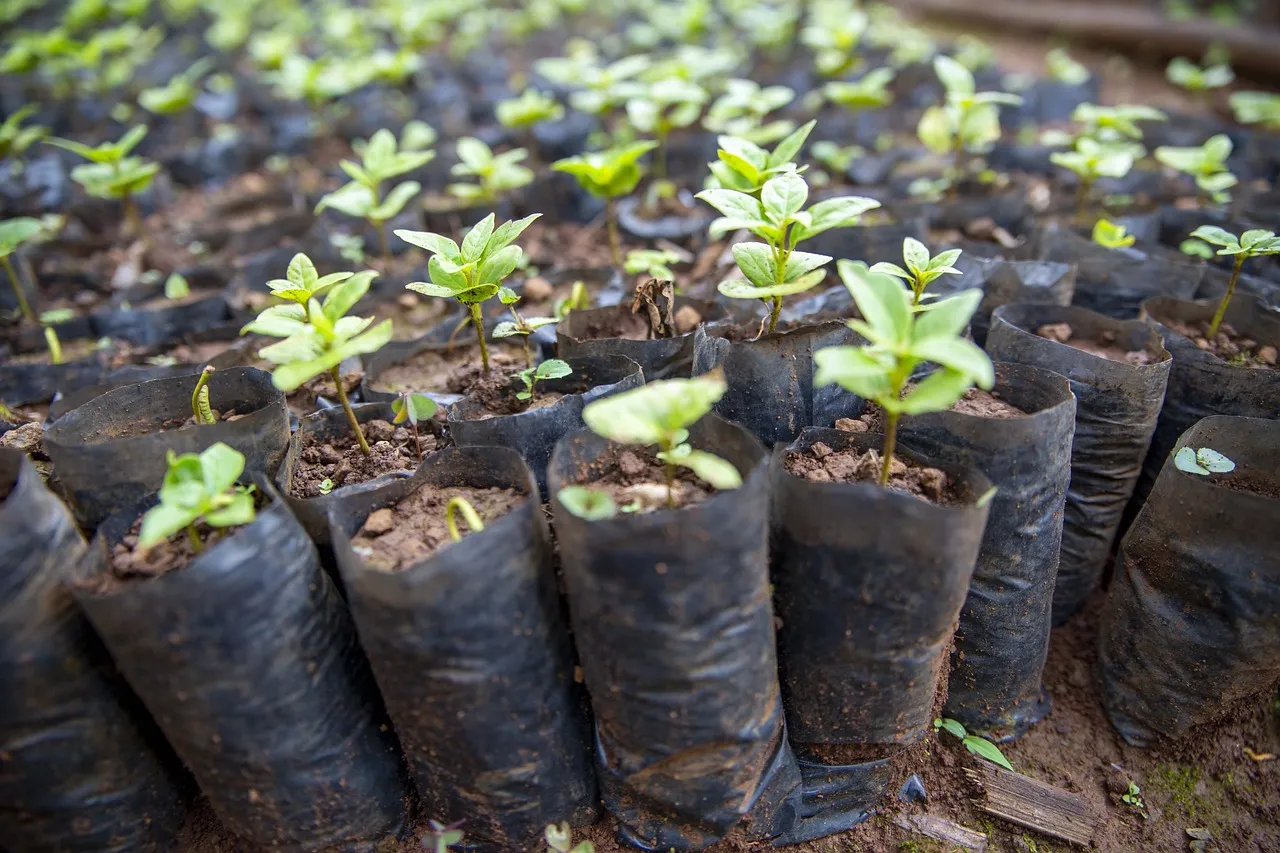
Aeration and Drainage: Breathing Life into Plant Roots
One of the standout features that catapult grow bags into the spotlight is their exceptional aeration and drainage properties. Crafted from permeable fabric, these containers allow excess water to make a swift exit, preventing the dreaded waterlogging that often plagues traditional pots. This ensures a well-ventilated root environment, vital for plants that are particularly sensitive to overwatering.
Temperature Regulation: A Breath of Fresh Air for Roots
Grow bags showcase prowess in temperature regulation, thanks to their breathable fabric. Acting as a natural insulator, the material moderates the internal temperature of the container, shielding delicate roots from the extremes of summer heat and winter frost. This thoughtful insulation is a crucial ally in maintaining the optimal health of plants throughout the seasons.
Root Health and Structure: Encouraging Growth Through Air Pruning
An intriguing phenomenon, the air pruning effect, adds another layer to the benefits of grow bags. As a plant’s roots extend to the edges of the container, they encounter air, triggering them to halt further growth in that direction. The result? A dense and fibrous root structure that enhances nutrient absorption, promoting robust root health and overall plant vitality.
Lightweight and Portable: Garden Flexibility at Your Fingertips
In the realm of convenience, grow bags emerge as champions. Their lightweight and portable nature make them the go-to choice for those with limited space or a penchant for rearranging their garden layout. The flexibility they offer in terms of movement provides gardeners with the freedom to experiment with different configurations and placements for their green companions.
Disadvantages of Grow Bags: Navigating Through Limitations
While grow bags boast several advantageous features, they are not without their drawbacks, requiring gardeners to consider potential limitations before choosing them as plant containers.
Durability Concerns: The Achilles’ Heel of Fabric Containers
One primary concern associated with grow bags is their durability. The fabric, though providing breathability, may succumb to wear and tear over time, particularly when exposed to harsh weather conditions. This susceptibility raises a valid concern about the long-term resilience of grow bags, potentially necessitating more frequent replacements compared to sturdier containers like clay pots.
Stability Challenges: Lightweight Nature and Potential Tipping
The lightweight characteristic that makes grow bags portable can also present challenges in terms of stability. Taller or larger plants may be prone to tipping over, especially in windy conditions, due to the lack of heft in the containers. Gardeners might need to implement additional support mechanisms, such as stakes, to counterbalance this inherent instability, adding an extra layer of consideration when selecting grow bags.
In navigating the disadvantages of grow bags, gardeners must weigh the benefits of superior aeration and portability against the potential drawbacks of durability concerns and stability challenges. Careful consideration of these factors ensures that the chosen containers align with the specific needs of the plants and the overall gardening environment.
Advantages of Clay Pots: Timeless Beauty Meets Garden Practicality
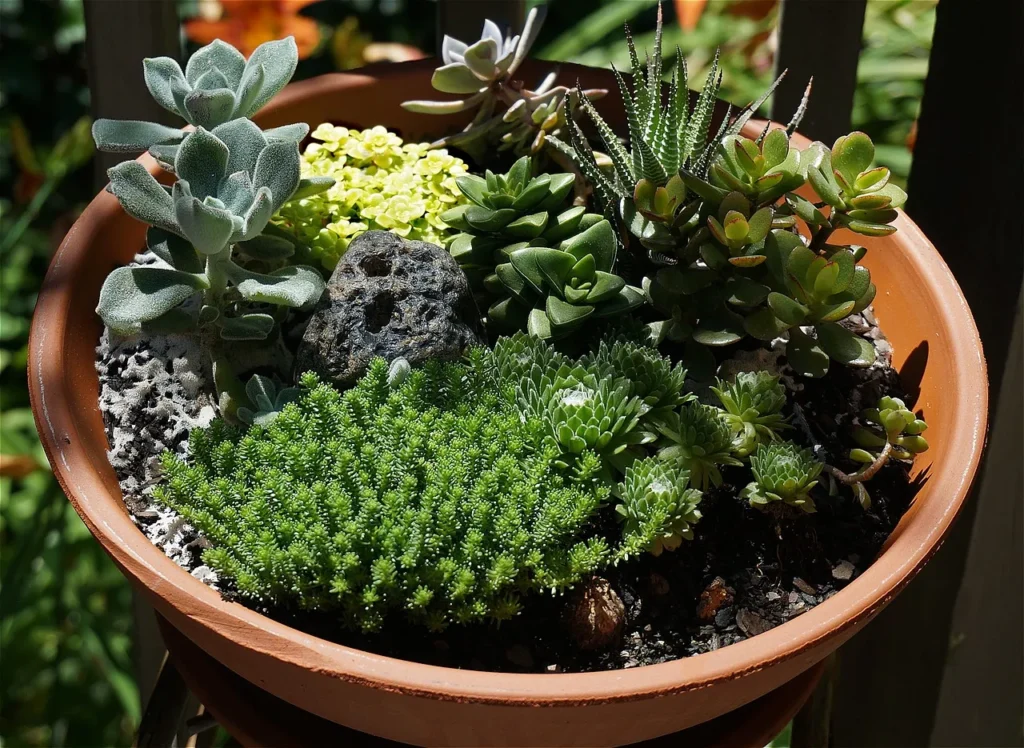
Aesthetic Appeal: Earthy Elegance in Every Pot
The aesthetic allure of clay pots is unparalleled. These traditional containers infuse gardens and indoor spaces with a touch of elegance and charm. The earthy tones and rustic appearance contribute to a timeless and classic garden ambiance, transforming a mere vessel into a work of art.
Stability and Durability: The Rock-Solid Foundations of Clay
Clay pots are synonymous with stability and durability. Resilient against the wear and tear of the elements, they stand the test of time, making them a reliable, long-lasting choice for plant containers. The sturdiness they provide creates a secure environment, particularly beneficial for taller or top-heavy plants that demand stability.
Insulation: A Natural Shield for Plant Roots
The porous nature of clay pots gives rise to a unique advantage: natural insulation for plant roots. Air and moisture effortlessly traverse the clay walls, regulating the temperature within the pot. This insulation shields roots from extreme temperatures, creating a stable and conducive environment that fosters plant growth.
Weight: The Counterintuitive Advantage of Heft
While the weight of clay pots may be perceived as a drawback, it unveils a counterintuitive advantage in certain scenarios. The heft of these pots provides stability, acting as a barrier against easily toppling over, especially in windy conditions. This attribute proves invaluable for larger plants that might otherwise be prone to precarious tipping.
Disadvantages of Clay Pots: Navigating Through Constraints
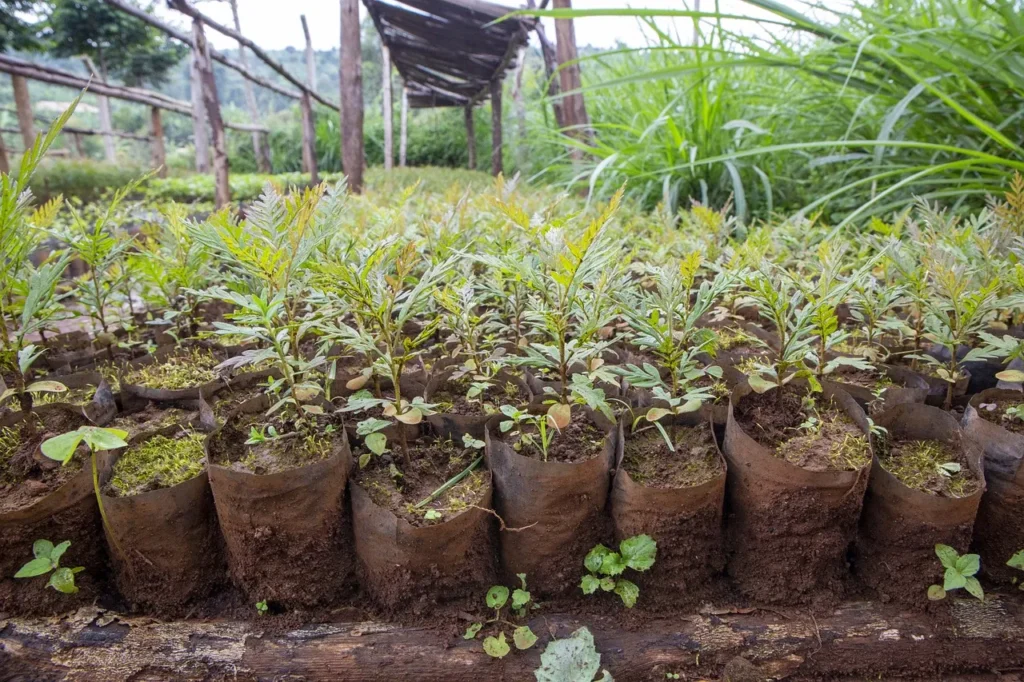
Water Retention: The Challenge of Excess Moisture
A notable drawback of clay pots lies in their tendency to retain water. Unlike grow bags, these pots do not offer the same level of drainage, which can potentially lead to overwatering and root rot. Careful consideration is necessary, especially when selecting containers for plants sensitive to excess moisture.
Bulkiness: Weighing Down the Prospects of Movement
The weight that imparts stability to clay pots can also be a double-edged sword. Their bulkiness poses a challenge when it comes to moving or rearranging plants. Transporting clay pots can be a cumbersome task, making them less suitable for those who value a more flexible and dynamic garden layout.
The Verdict: Balancing the Scales for Your Garden Oasis
In the perennial debate of grow bags versus clay pots, the scales tip in favor of thoughtful consideration. The choice between these two containers hinges on an intricate dance between the type of plants, environmental conditions, and personal preferences. Both grow bags and clay pots bring a unique set of advantages and disadvantages to the gardening tableau, and selecting the right one requires a discerning eye and a touch of gardening wisdom.
When to Choose Grow Bags: Navigating the Breathable Realm
For Plants Prone to Overwatering:
If your watering habits lean towards the generous side or if you cultivate species that are sensitive to waterlogged conditions, the superior drainage of grow bags makes them an invaluable ally in preventing excess moisture.
Limited Space and Portability:
If the canvas of your gardening landscape is confined or if the muse of change frequently inspires you, the lightweight and portable nature of grow bags opens doors to a garden that dances to your whims.
Air Pruning Benefits:
For plants that thrive on the air pruning phenomenon and the resulting dense root structure, grow bags provide a nurturing environment that encourages robust root health and optimal nutrient absorption.
When to Choose Clay Pots: Savoring the Timeless Elegance

Aesthetic Considerations:
If the garden is your canvas and aesthetics your brushstroke, the classic and timeless beauty of clay pots transforms your outdoor space into a living masterpiece.
Stability for Taller Plants:
For those who harbor a penchant for lofty green companions, the stability and durability of clay pots provide a secure anchor, preventing the toppling of taller or top-heavy plants.
Long-Term Durability:
If your gardening vision extends into the future, seeking containers that withstand the ravages of time and weather, the enduring nature of clay pots positions them as a resilient choice.
In the delicate dance between grow bags and clay pots, the final bow belongs to the gardener—the orchestrator of this verdant symphony. Armed with the knowledge of each container’s strengths and weaknesses, you wield the power to curate a garden oasis that reflects not only the beauty of your plants but also the wisdom of your choices.
Conclusion
In the ongoing debate over the superiority of grow bags versus clay pots, the absence of a one-size-fits-all answer underscores the nuanced considerations inherent in choosing the most suitable container for your garden. Each type of vessel possesses its unique merits, necessitating a thoughtful evaluation of your specific gardening requirements and preferences. To make an informed decision, take into account the specific needs of your plants, prevailing environmental conditions, and your personal aesthetic inclinations. Whether you are drawn to the modern adaptability of grow bags or captivated by the timeless allure of clay pots, both containers offer distinct advantages that can contribute harmoniously to the cultivation of a thriving and aesthetically pleasing garden.
#GardeningDilemma #GrowBagsVsClayPots
